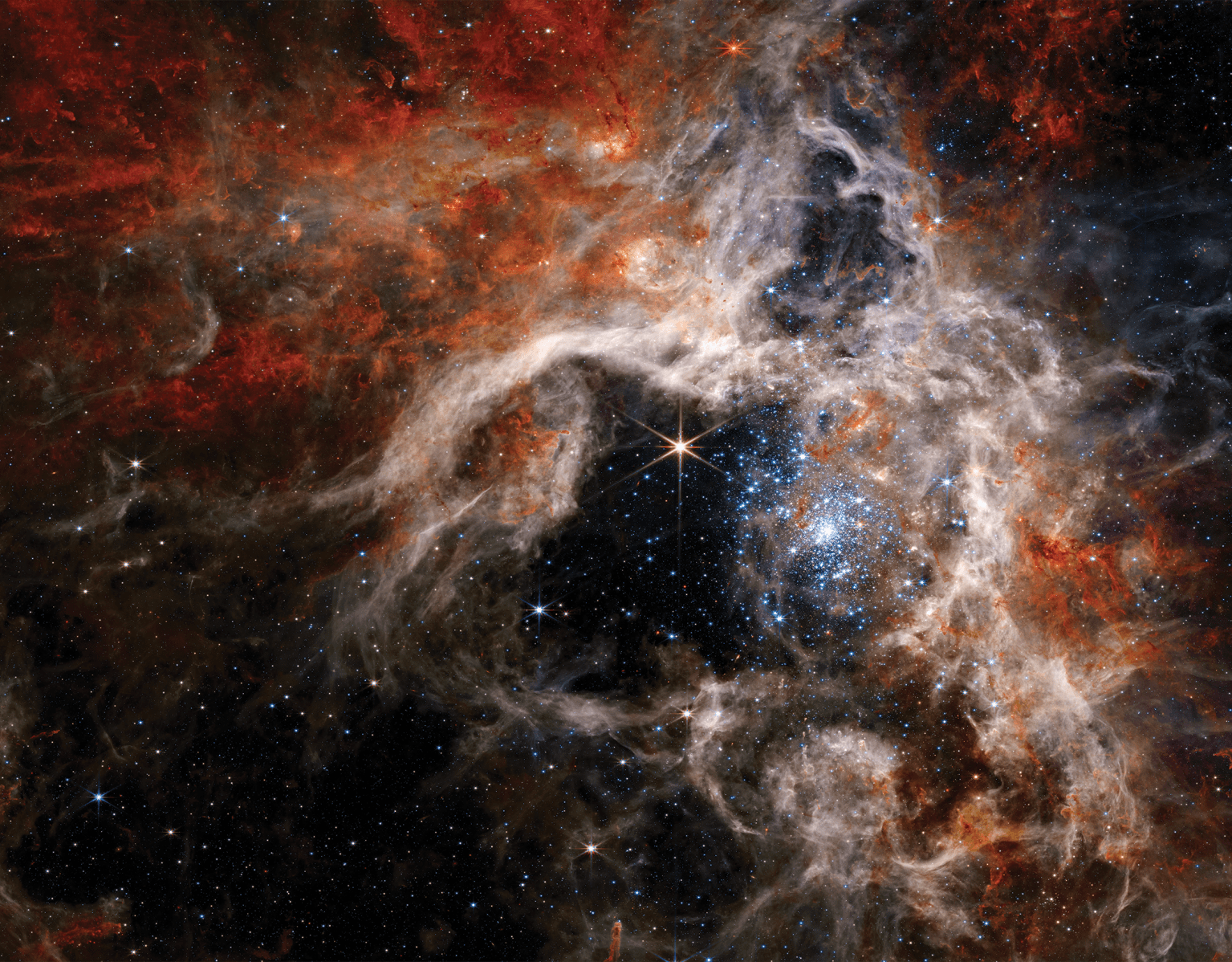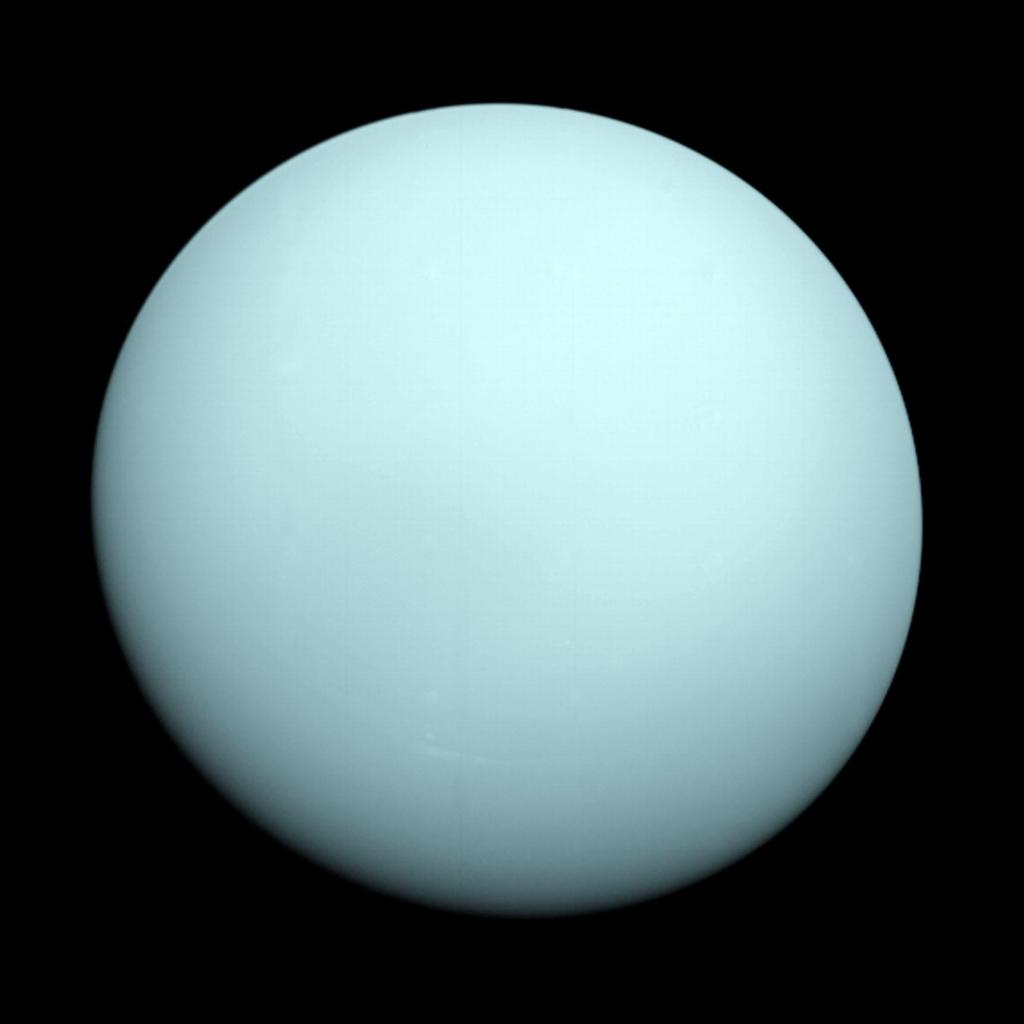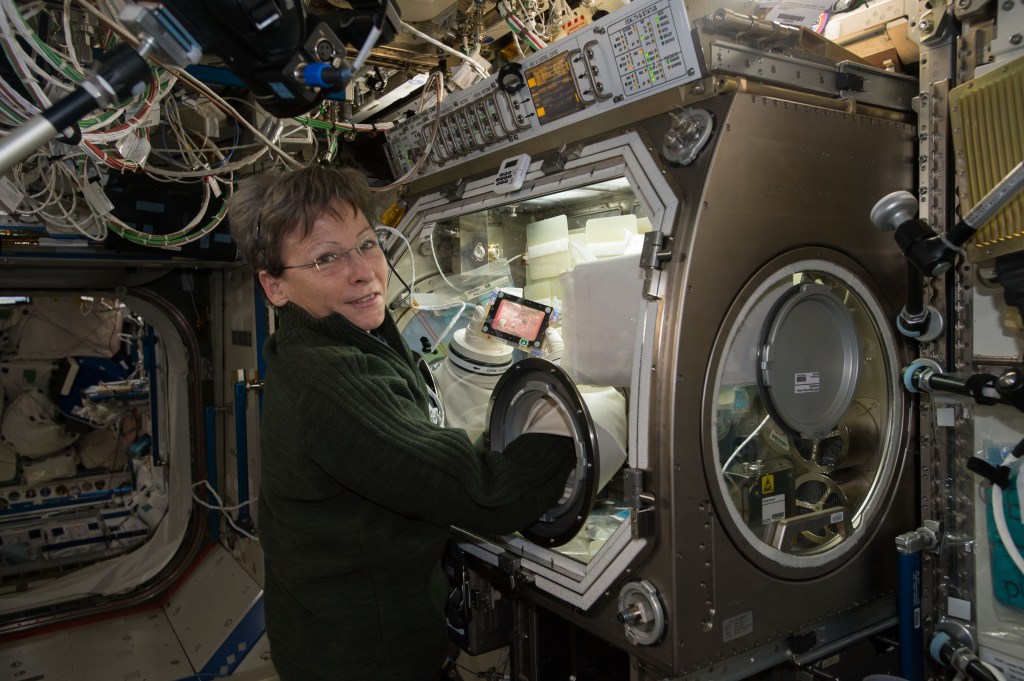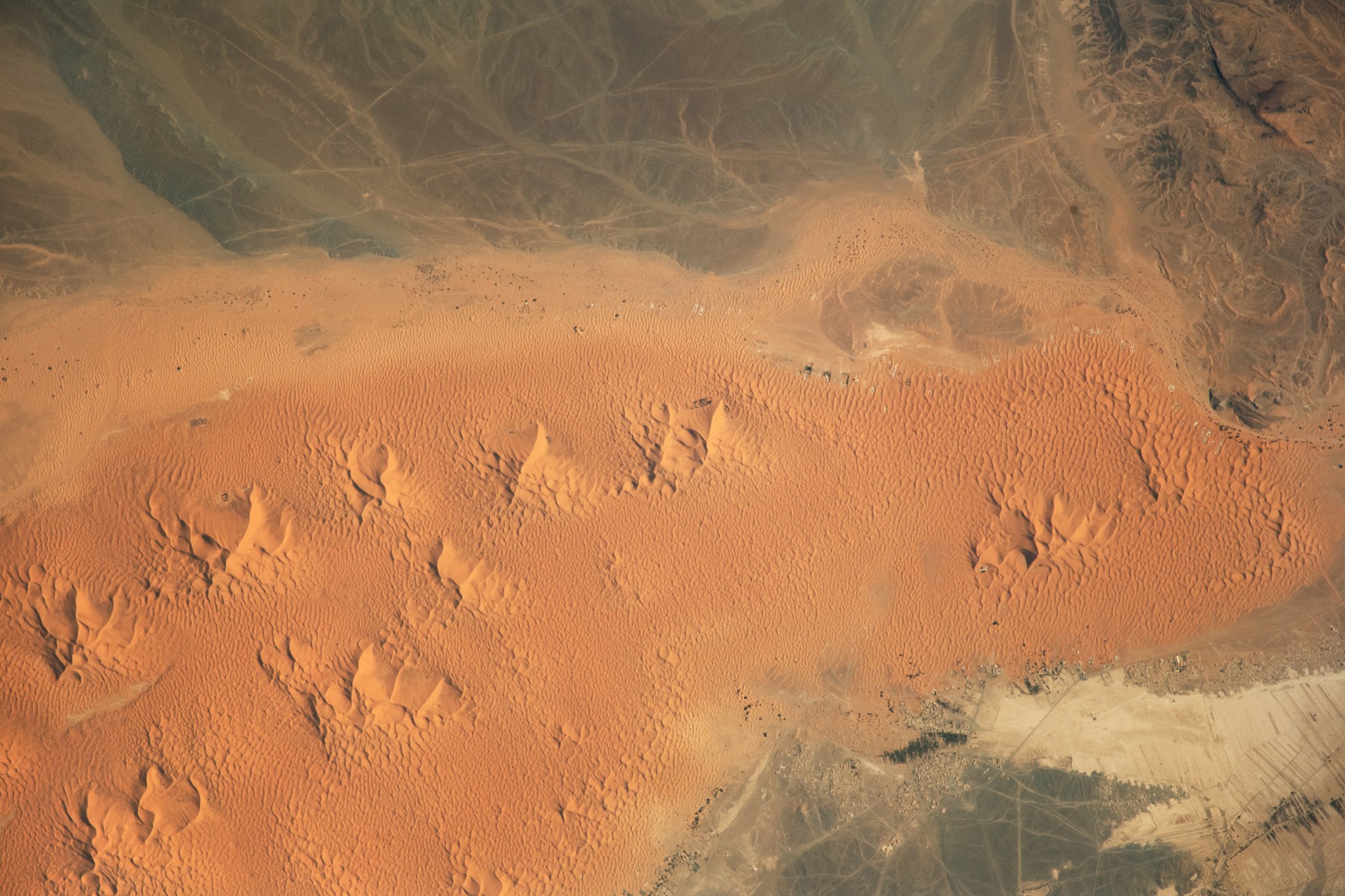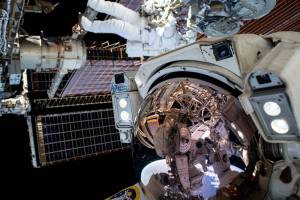Featured News
Far Out
NASA’s Far Out will take you on an out-of-this-world adventure! Come along with host Megan Cruz as she experiences how NASA makes space exploration possible—from training like an astronaut, building innovative robots, and protecting endangered wildlife
Now Streaming on NASA+Earth Information Center
For more than 50 years, NASA satellites have provided data on Earth's land, water, air, temperature, and climate. NASA's Earth Information Center allows visitors to see how our planet is changing in six key areas: sea level rise and coastal impacts, health and air quality, wildfires, greenhouse gases, sustainable energy, and agriculture.
Start Exploring about Earth Information Center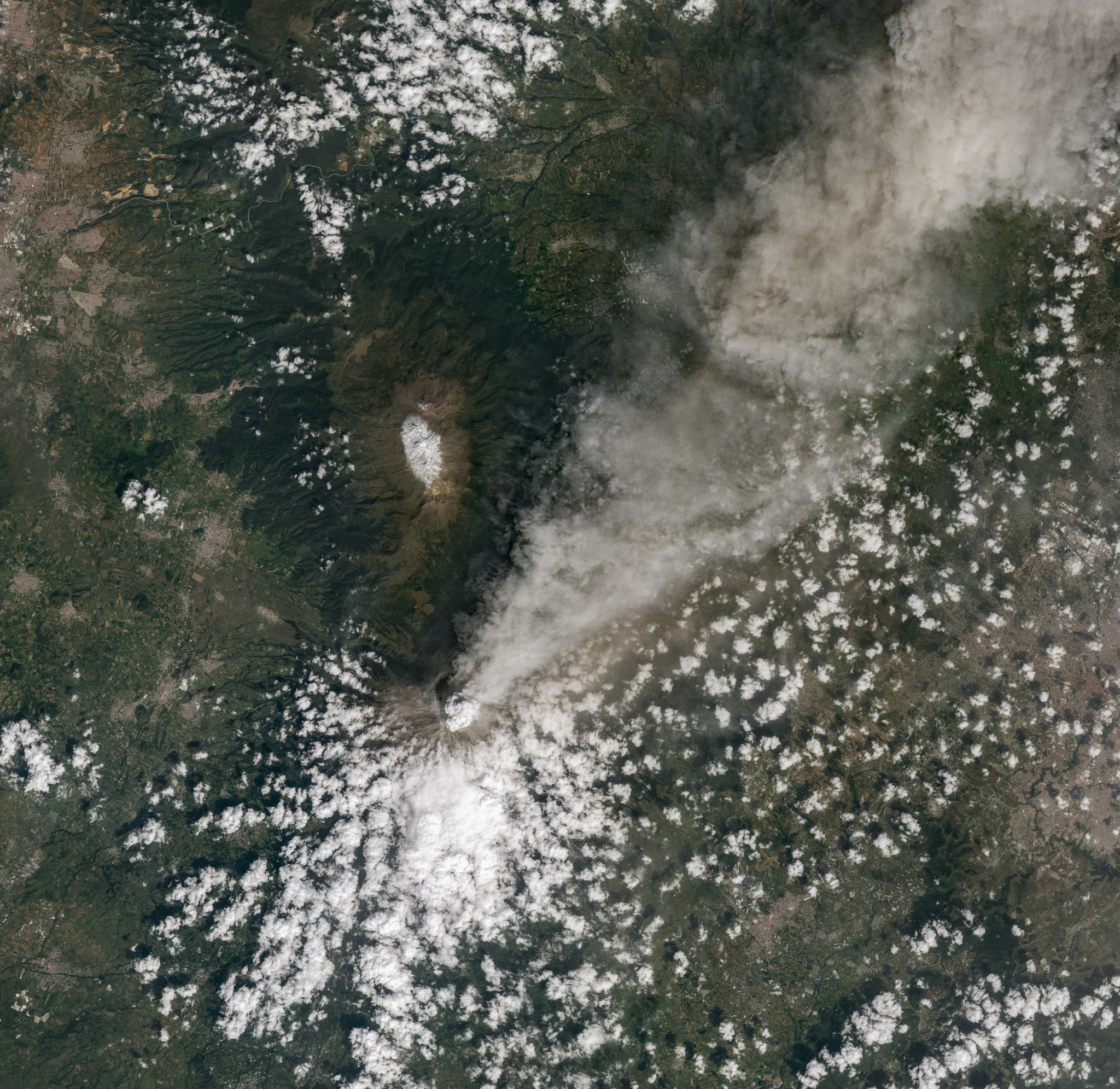
Today
Image Of The Day
Native American Seeds Flown Aboard Space Station
Five varieties of seeds provided by the Choctaw Nation of Oklahoma were pictured inside the cupola on Nov. 21, 2023, as the International Space Station orbited 260 miles above the Atlantic Ocean. The seeds were exposed to microgravity for several months then returned to Earth and planted next to the same seeds left on Earth for comparison. The space botany experiment is promoting STEM education among tribal members.
More NASA Images
About NASA
Affirming Native Voices
Each November, NASA commemorates National Native American Heritage Month by celebrating the traditions, languages, stories, and cultures of Indigenous peoples who have shaped our country since before its beginning. We are proud to honor Indigenous communities and their contributions to NASA’s mission.
Native American Heritage Month about Affirming Native Voices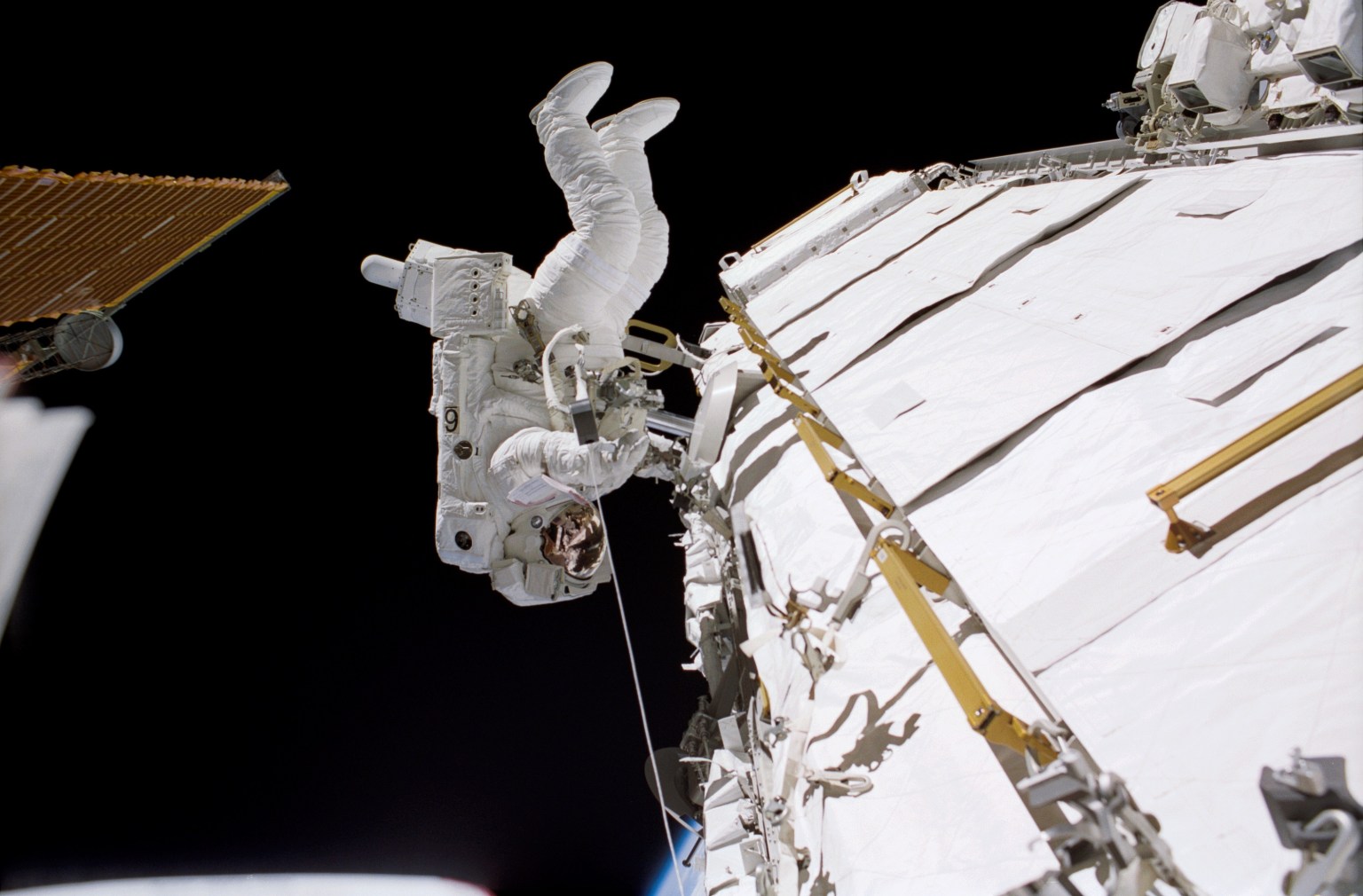
Explore the Universe from your Inbox
Stay up-to-date on the latest news from NASA–from Earth to the Moon, the Solar System and beyond.
We will never share your email address.
